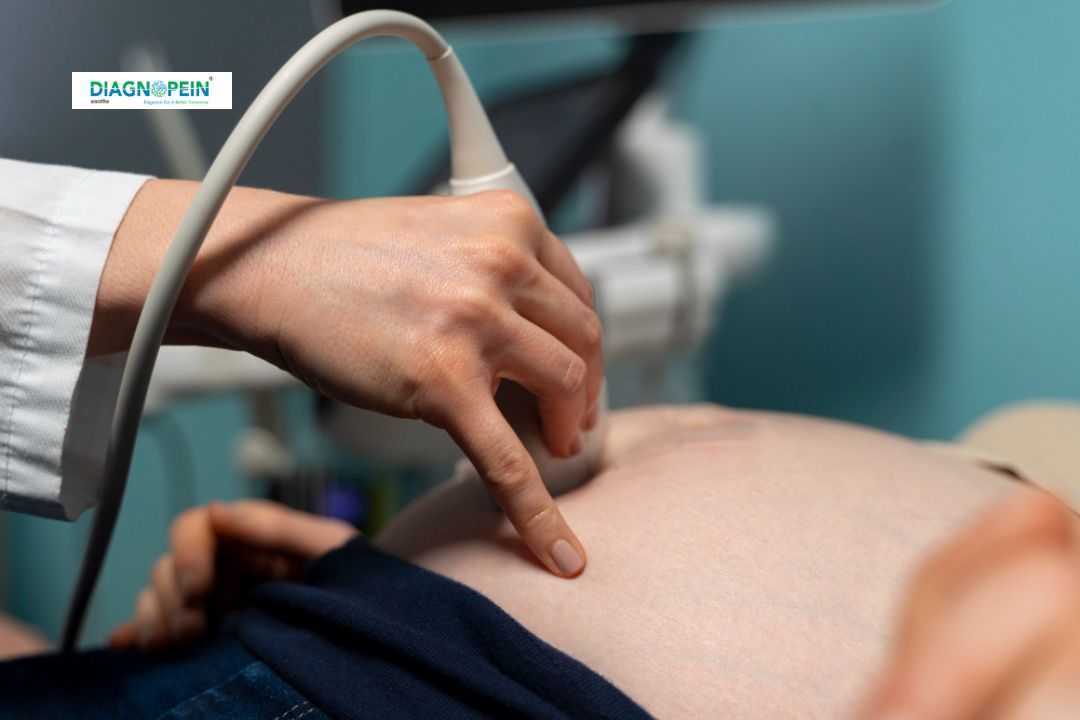Why USG Abdominal Wall & Inguinal Region is Needed
A USG Abdominal Wall & Inguinal Region test is essential for patients who experience pain, swelling, or a visible bulge in the abdomen or groin. The scan helps differentiate between hernias and other conditions like lipomas or cysts. It is also used to evaluate infections, abscesses, or seromas in post-surgical cases.
Common reasons for the test:
-
Detecting inguinal or femoral hernias
-
Evaluating post-surgical complications
-
Identifying tumors, cysts, or abscesses
-
Assessing muscle or tendon injury
-
Investigating chronic abdominal wall pain or swelling
Physicians recommend this ultrasound because it is safe for all age groups, including pregnant women and elderly patients. It does not use harmful radiation, making it a preferred first-line investigation.
Benefits of USG Abdominal Wall & Inguinal Region
Choosing USG Abdominal Wall & Inguinal Region scan provides multiple benefits:
-
Non-invasive and painless: No incisions or injections are required.
-
Quick and effective diagnosis: Results are available within minutes.
-
Accurate localization: Detects hernia contents and movements with precision.
-
No radiation exposure: Completely safe and repeatable if necessary.
-
Guidance for treatment: Helps surgeons plan hernia repair or assess post-surgical success.
This scan not only improves diagnostic accuracy but also enhances early detection and management of abdominal wall disorders. It is especially valuable in ruling out surgical complications or unexplained swellings.
How the Test is Performed
During the USG Abdominal Wall & Inguinal Region scan, the patient is asked to lie down comfortably. A trained sonographer or radiologist applies a warm gel to the abdominal and groin area to ensure smooth contact between the transducer and skin. The probe emits sound waves that bounce back to create real-time images on the monitor.
Basic steps of the procedure:
-
The area is exposed and cleaned.
-
A lubricating gel is applied.
-
The transducer moves gently over the region.
-
The patient may be asked to cough or stand to detect hernia movement.
-
The images are stored and interpreted by the radiologist.
The entire test usually takes 10–20 minutes, depending on the patient’s condition.
Scan Parameters Evaluated
The radiologist examines multiple parameters during the USG Abdominal Wall & Inguinal Region test, including:
-
Muscle thickness and tear or strain detection
-
Presence and size of hernial sacs
-
Integrity of abdominal wall layers
-
Identification of fluid collections, cysts, or abscesses
-
Movement of bowel loops or omental fat into the hernial defect
These measurements help doctors decide whether surgical intervention is required or if conservative management is sufficient.
Preparation and Aftercare
Generally, no fasting or special preparation is needed before a USG Abdominal Wall & Inguinal Region scan. Patients should wear comfortable clothing and may need to remove metal accessories near the abdomen. After the scan, patients can return to normal activities immediately since it has no side effects or recovery time.









